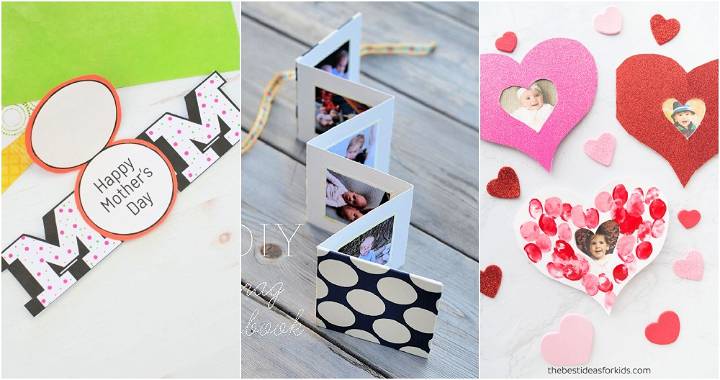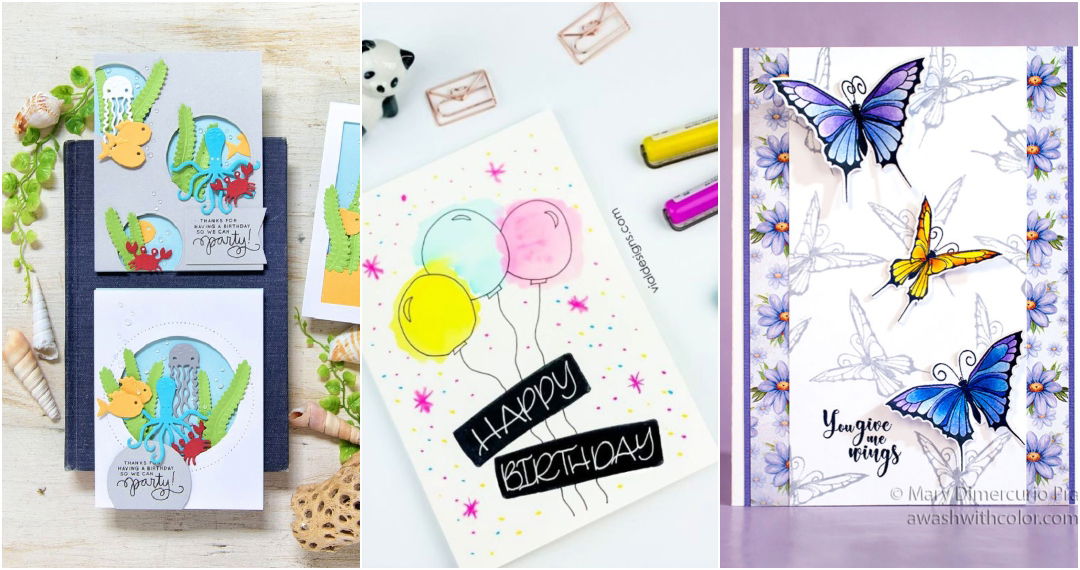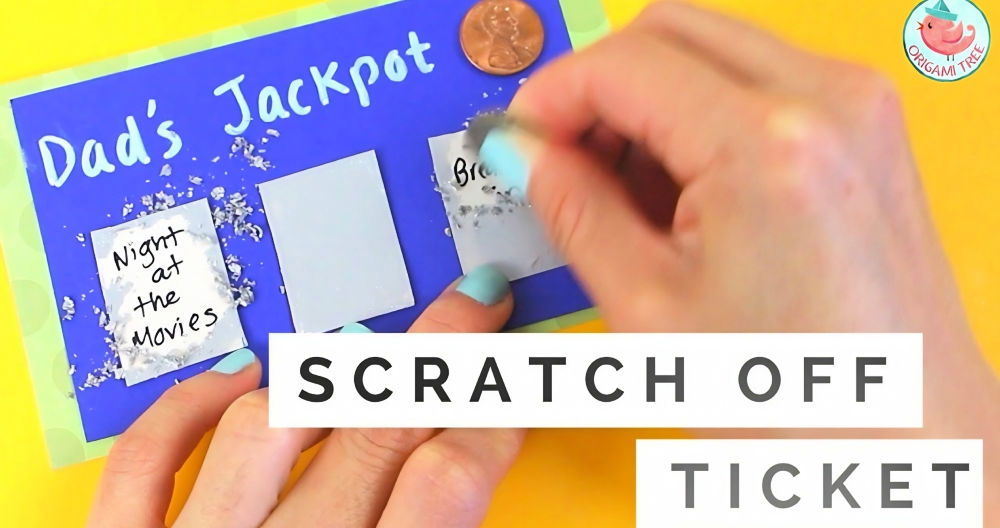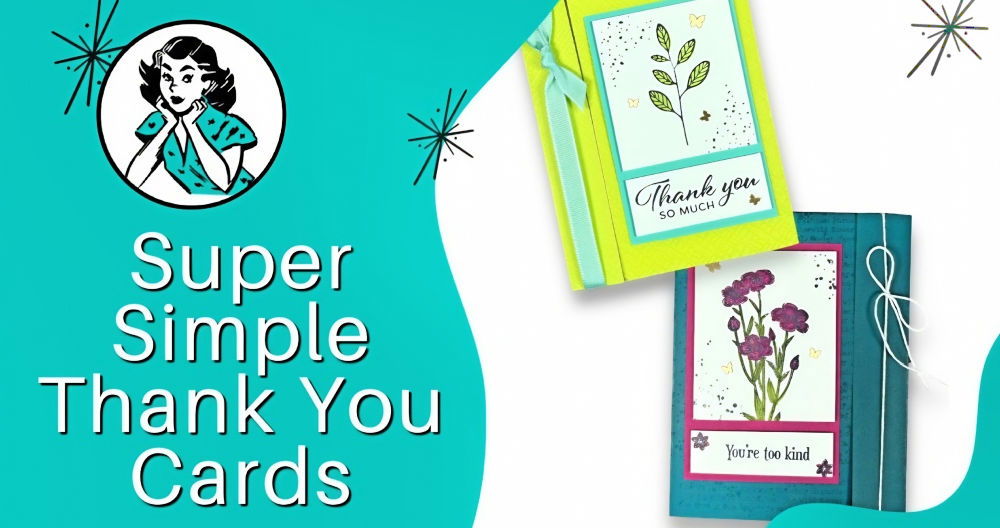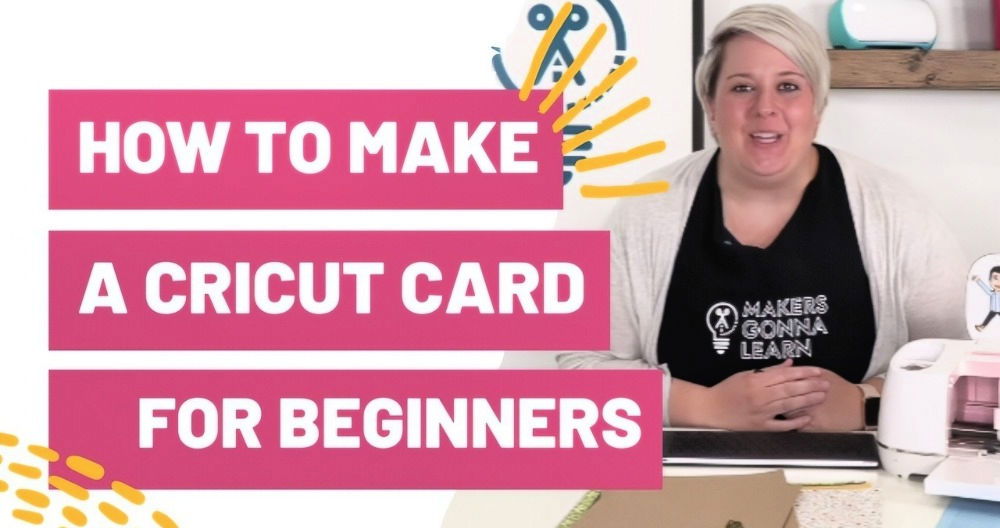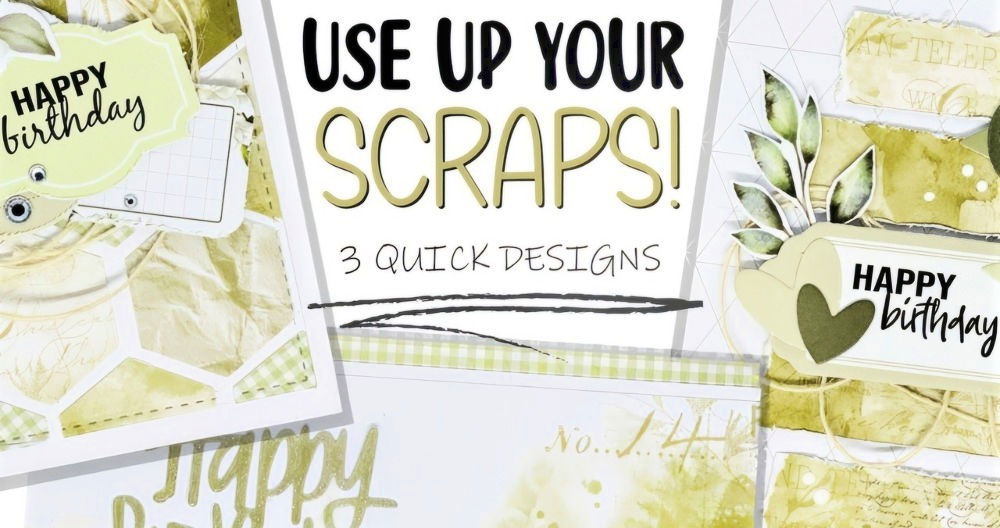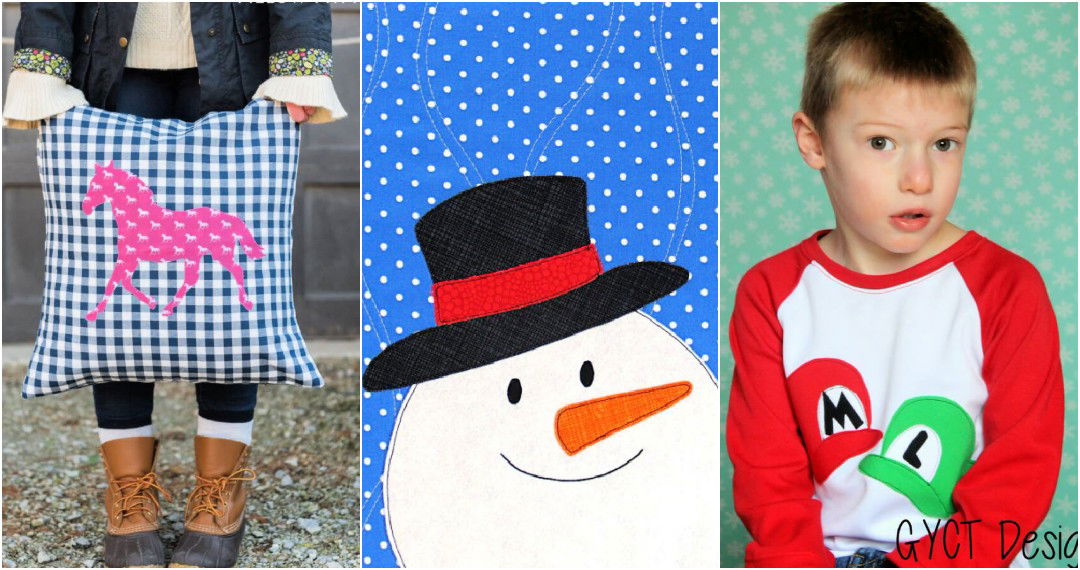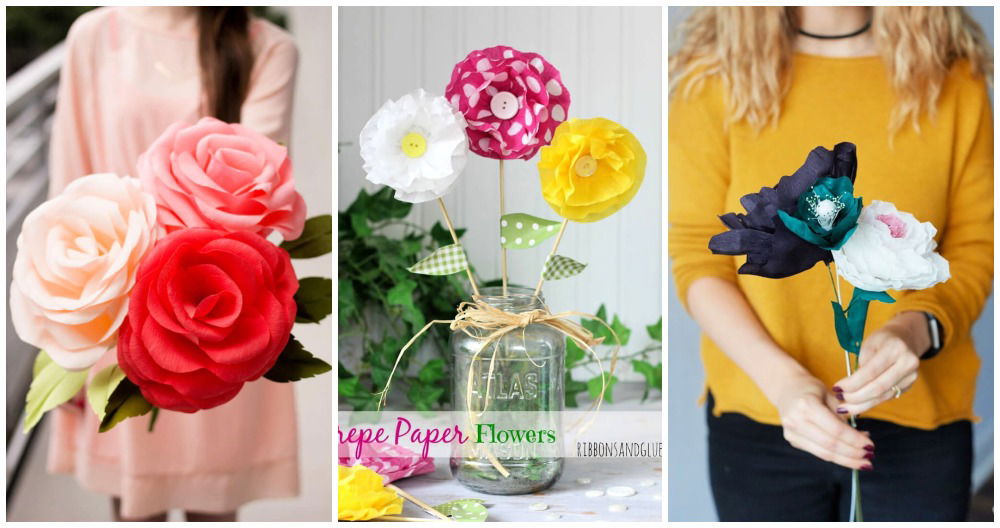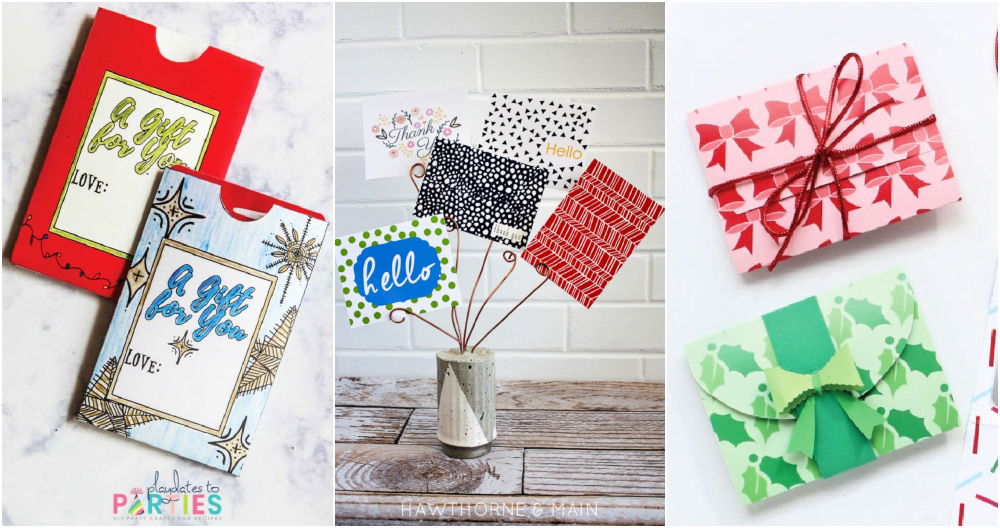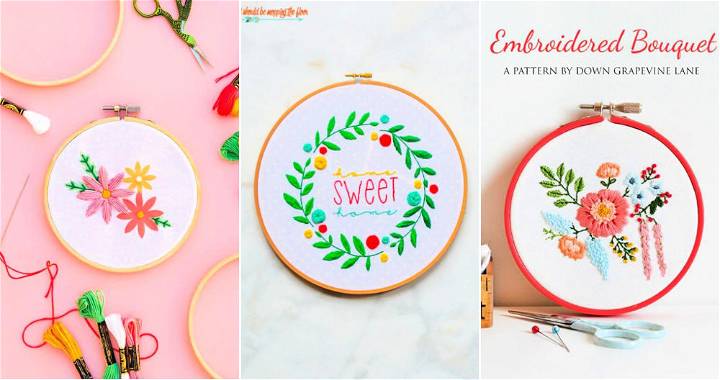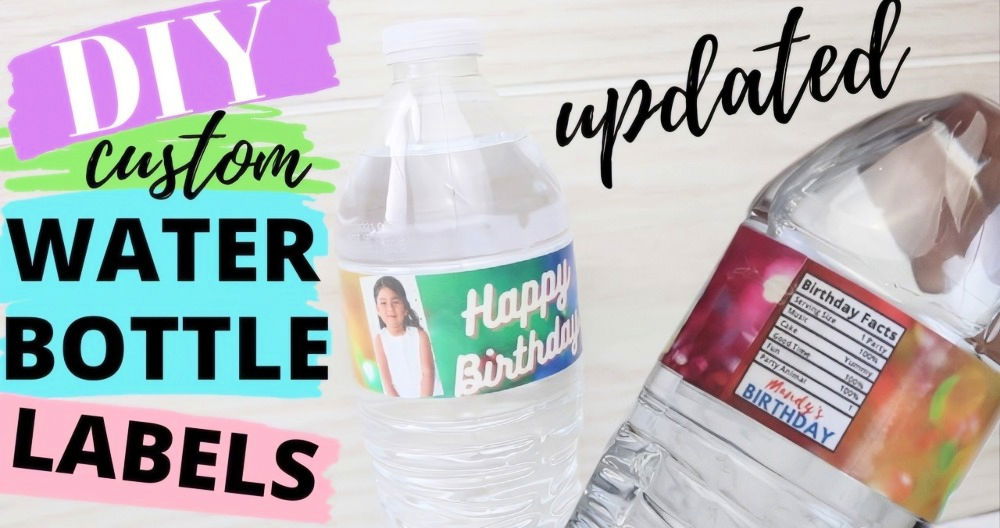Making a memorable, high-quality business card is essential in today's world of networking and personal branding. Whether you're a business owner, freelancer, or designer, a business card serves as a powerful first impression that communicates your brand's identity and critical contact details. Learn how to make business cards in this guide, where we'll show you the entire design process using free tools like Canva for a polished, professional outcome. We'll cover design tips, customization, and practical advice to ensure your business cards stand out.
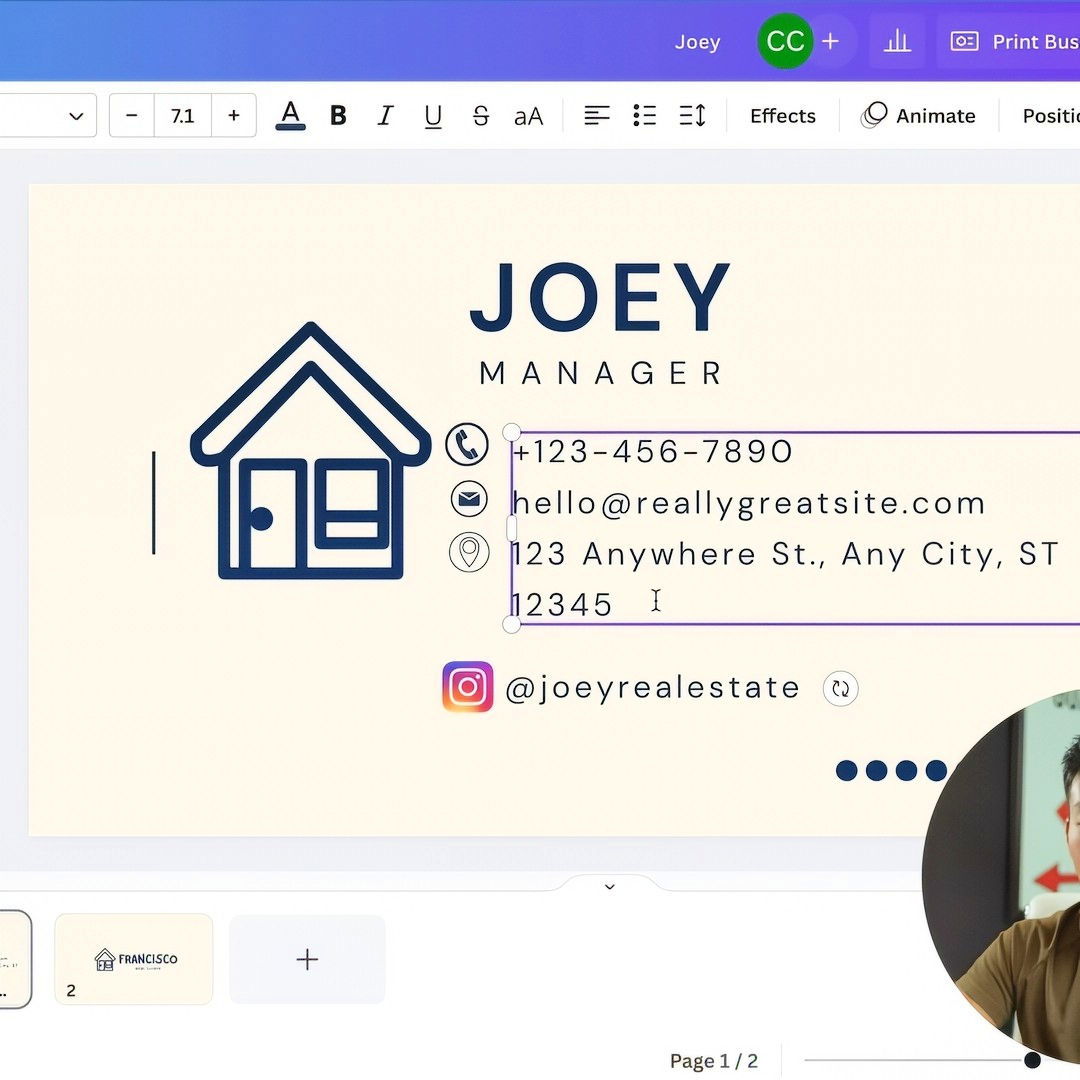
Why Business Cards Still Matter
Even in the digital age, business cards remain relevant for face-to-face networking and marketing. They help you leave a lasting impression and provide a tangible reminder of who you are and what you do. Here's why making a standout business card can make a difference:
- Professional Appearance: A well-designed card demonstrates professionalism and can set you apart in competitive fields.
- Ease of Contact Sharing: Business cards offer quick access to contact details, which may be easier than finding someone's profile online.
- Brand Recognition: A visually cohesive business card reinforces your brand and can make you more memorable to others.
Step by Step Instructions
Learn how to make business cards with step-by-step instructions, including design, customization, and printing tips for memorable results.
Step 1: Choosing the Right Tool for Design
Discover why canva is the top choice for design, offering user-friendly features and versatile options for stunning creations.
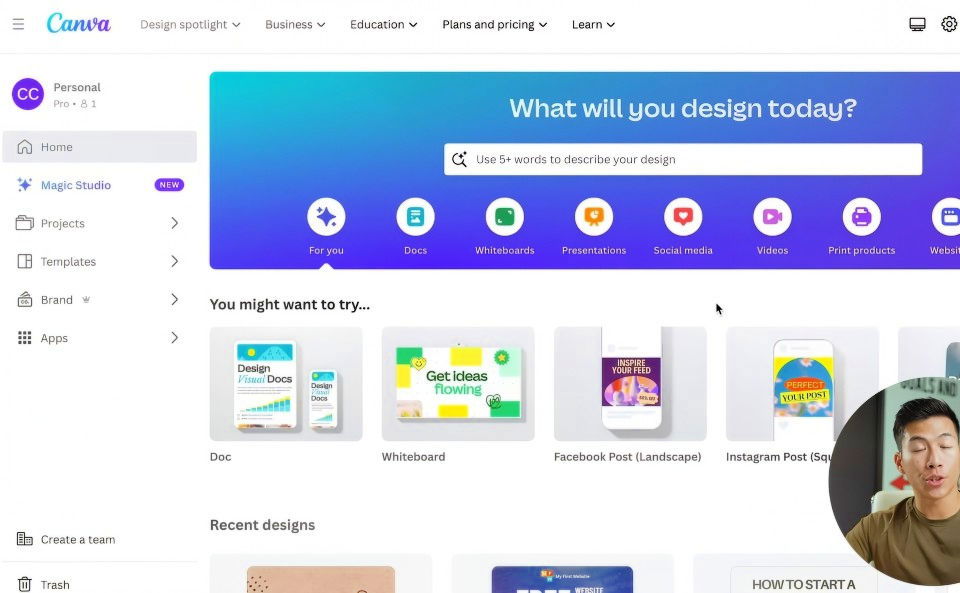
Why Canva?
Canva is an excellent design platform with both free and paid options. It offers a wide range of professional templates, elements, and customization tools tailored for beginners and pros alike. If you're just starting, Canva's free plan offers many useful features. Alternatively, Canva Pro provides advanced templates and elements that are ideal for heavy or professional use.
- Navigate to Canva: Open Canva's website. If you're new to the platform, sign up for a free account or take advantage of a Pro trial.
- Search for “Business Card” Templates: In the top search bar, type “business card” to find the template library. Canva offers both standard horizontal (landscape) and vertical (portrait) card layouts, allowing you to choose what best suits your brand.
Step 2: Selecting the Card's Layout and Size
Business cards generally come in standard sizes (e.g., 3.5 x 2 inches for the U.S.), but Canva templates automatically adjust to typical dimensions, ensuring they're easy to print.
- Choose a Layout: Decide whether you want a landscape or portrait orientation. Landscape is more traditional, while portrait can offer a unique look.
- Select a Template: Canva provides various templates ranging from minimalistic to complex designs. Free templates are a great starting point; Pro users can access premium options.
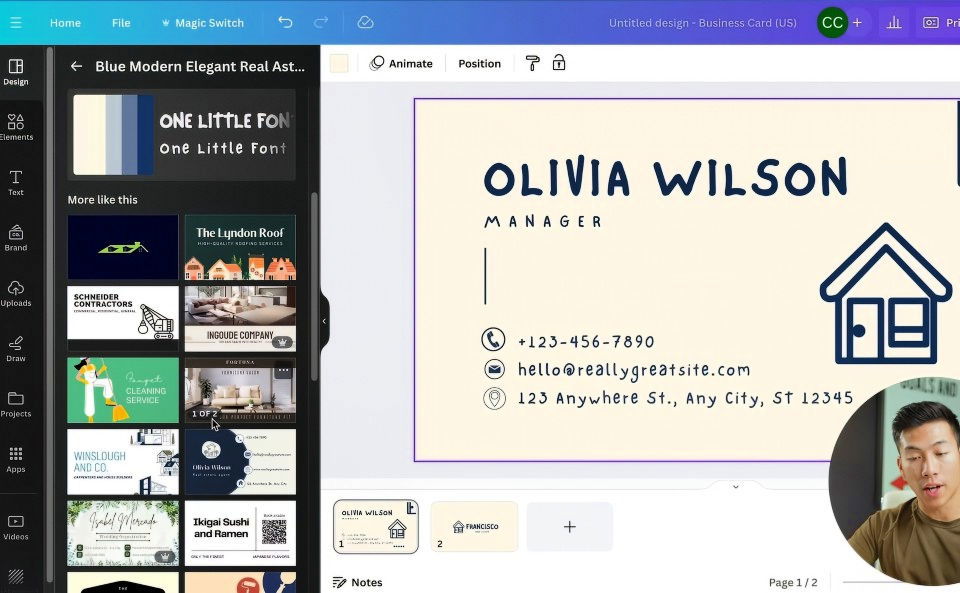
Tip: Choose a template that aligns with your brand style. For example, a modern tech company may prefer a sleek, minimal template, while a creative agency might opt for something vibrant.
Step 3: Customizing Your Business Card
Customizing your card is essential to make it unique to your brand. Start by editing the text, colors, and layout to suit your branding.
Adding Your Details
- Edit Text: Double-click on text elements to replace the sample content with your information. Common details include:
- Name: Full name for personal branding.
- Job Title: Clearly state your role.
- Contact Information: Phone number, email, and website if applicable.
- Social Media: Only include relevant handles (e.g., LinkedIn for professionals).
- Adjust Font: Canva provides many font options to match your brand's tone. Bold, sans-serif fonts are popular for modern businesses, while serif fonts can appear more traditional and formal.
- Arrange the Elements: Use Canva's alignment guides to center elements or achieve equal spacing between them. Keep critical information toward the middle for readability.
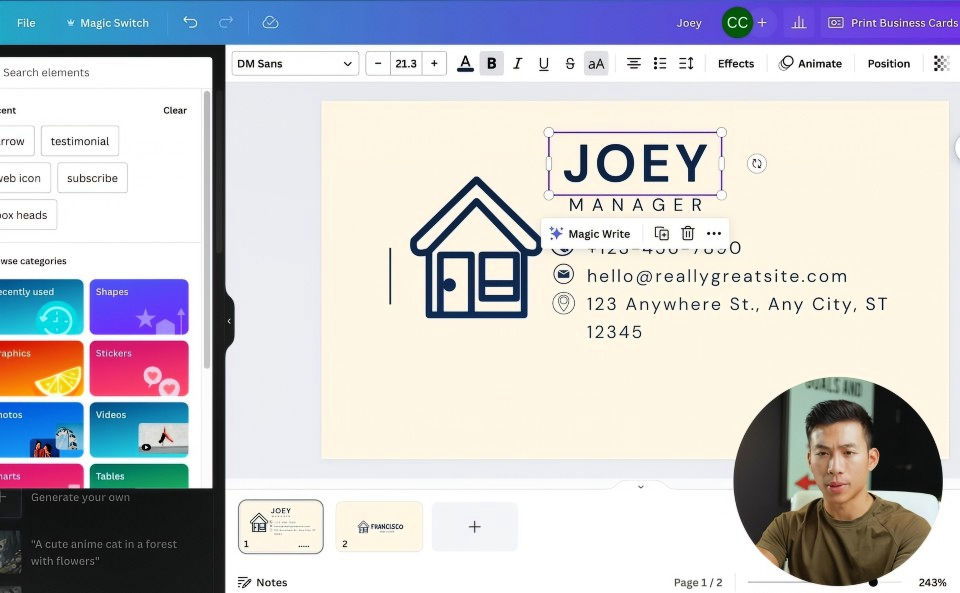
Adding Branding Colors and Logo
- Set Brand Colors: Use Canva's color wheel to adjust colors or input a HEX code for precise brand consistency.
- Upload Your Logo: If you have a logo, upload it by clicking the “Uploads” tab. Position it prominently but ensure it doesn't overpower your contact information.
- Make a Cohesive Color Scheme: Maintain a consistent look by limiting your card to 2-3 colors. For instance, use your brand's primary color for text and a secondary color for accents or icons.
Pro Tip: Canva's Pro version offers a “Brand Kit” feature, allowing you to save brand colors, fonts, and logos for easy use across designs.
Step 4: Enhancing with Visual Elements
To make a visually engaging business card, add graphical elements that complement your brand. Here's how to use Canva's element library effectively:
- Use Icons for Social Media and Contact Information: Search for icons (e.g., phone, email, LinkedIn) to represent each contact method visually. Canva provides both free and paid icons.
- Include Borders or Shapes: Add rectangles or lines to section off parts of your card, giving it a structured look.
- Graphics and Illustrations: Be mindful with additional visuals. Ensure they don't distract from the essential information.
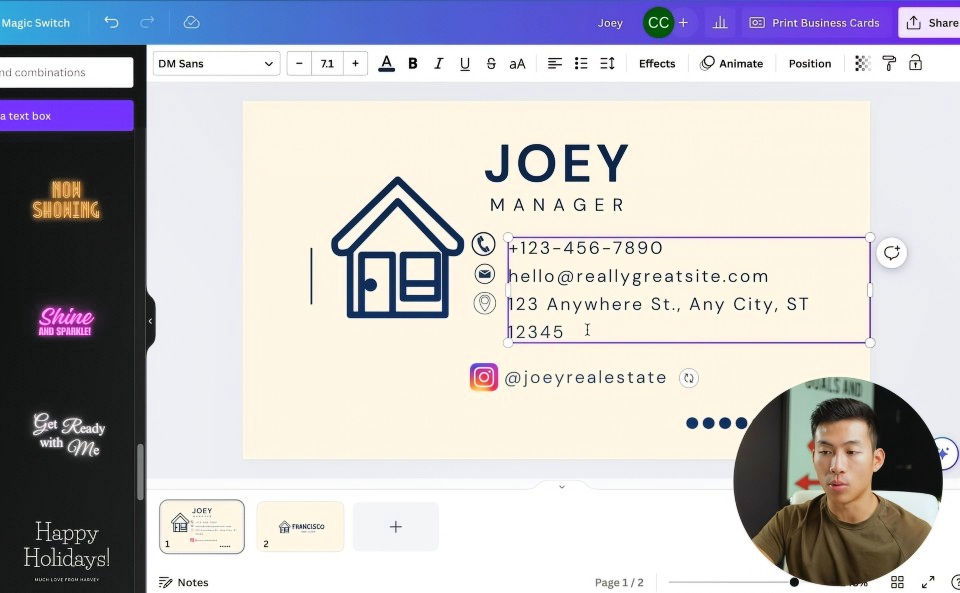
Tip: Avoid overloading your card with too many elements. Aim for balance by adding only what enhances the design.
Step 5: Formatting and Finalizing
Once you've added your content and design elements, review your card to ensure everything is aligned and visually balanced. Here are some last checks to ensure it's print-ready.
Double-Check Key Details
- Proofread: Confirm that all details (name, phone number, email) are correct. Typos can affect your professionalism.
- Ensure Alignment: Use Canva's built-in guides to align text and icons neatly.
- Balance Front and Back: If you've chosen a two-sided design, ensure both sides offer valuable information without overcrowding.
Adding Final Touches
Canva offers additional customization tools like text effects (e.g., shadows, highlights) and filters. Use these features sparingly to add subtle enhancements.
- Remember: Less is more. Subtle designs often appear more professional than overly complex ones.
Step 6: Printing Your Business Card
Canva allows you to download your design for home printing or professional printing services.
- Download in High Quality: For optimal results, download your design as a PDF in “Print” quality. This ensures it's clear and sharp.
- Choose Print Options in Canva: Canva also offers printing services where you can select card stock, paper finish (e.g., matte, glossy), and quantity. They'll deliver the finished product to your location.
- Select Printing Specifications:
- Paper Type: Thicker paper (around 300-350 gsm) gives a premium feel.
- Finish: Matte finishes are non-reflective and professional, while glossy can add a touch of elegance.
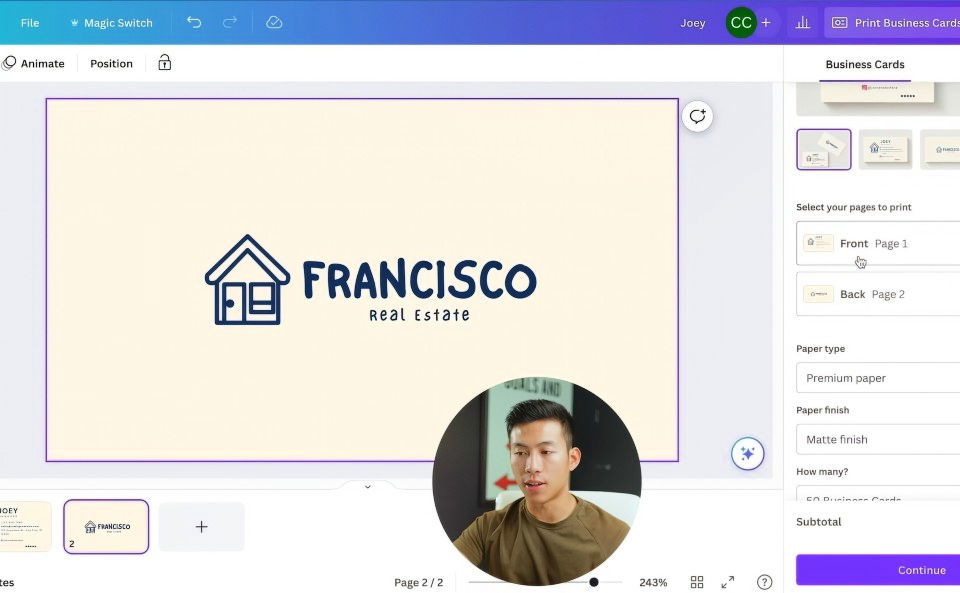
Tips for Making a Memorable Business Card
To make a card that not only looks good but leaves a lasting impression, keep the following tips in mind:
- Keep It Simple: Avoid clutter. The essential information should be easy to read and find.
- Use Readable Fonts: Ensure fonts are easy to read, even at a smaller size.
- Prioritize Essential Information: Include only what's necessary; too many details can overwhelm the reader.
- Experiment and Iterate: Try different templates, fonts, and color schemes to find what works best for your brand.
- Think About Audience: Tailor the style to resonate with your target audience.
Business Card Etiquette and Usage
Now that you've designed your card, how you use and distribute it is equally important. Here are some networking tips for maximizing your card's impact:
- Always Have Cards Handy: Keep a few with you at all times for unexpected networking opportunities.
- Offer with Intention: Handing out business cards is more impactful when accompanied by a genuine conversation or shared interests.
- Follow-Up with New Contacts: A quick email or LinkedIn connection can turn a brief meeting into a professional relationship.
- Respect Digital Alternatives: Be prepared for people who prefer to exchange contact info digitally; you can offer to share your LinkedIn or website instead.
Advanced Techniques for Business Card Design
If you're looking to take your business card to the next level, consider these advanced strategies:
- Utilize QR Codes: Add a QR code linking to your website, LinkedIn profile, or digital portfolio. Canva allows QR code generation for free.
- Explore Unique Materials: For in-person events, consider printing on unique materials like recycled paper, wood, or metal for an eco-friendly or premium feel.
- Try Vertical Designs: A vertical layout can differentiate your card and often has more room for design elements.
- Add a Tagline or Slogan: If your brand has a catchphrase, adding it can make your card more memorable.
- Consider Digital Business Cards: In some networking environments, a digital business card can be more effective, easily shared via smartphone.
Final Thoughts
Designing a business card may seem simple, but it requires thoughtfulness, especially when considering how it represents your brand. By using Canva, you can access an array of templates and tools to make an impressive card without the cost of hiring a designer. Remember, a well-crafted business card can be an invaluable asset in leaving a positive impression on potential clients and colleagues alike.
With the steps and tips outlined here, you're well-equipped to make business cards that are professional, memorable, and a true reflection of your brand. Whether you print them at home or use a service, having a quality business card will undoubtedly enhance your networking toolkit.
FAQs About How to Make Business Cards
Learn everything about making professional business cards with our comprehensive faq guide, covering design, size, and printing tips.
You can create a business card for free using Canva's basic plan, which provides access to a variety of templates, fonts, and design elements. However, note that while designing is free, printing the cards will require a small fee, as no service offers free physical printing.
While Canva is more user-friendly, especially for beginners, Photoshop offers advanced customization options. Canva’s free plan and straightforward tools are great for quick, professional results, whereas Photoshop is ideal for more complex designs if you have experience with the software.
For a professional feel, use card stock paper, which is thicker and more durable than standard paper. Card stock (around 300-350 gsm) works well with most home printers and ensures that your cards hold up better over time.
Delivery times vary depending on your location and selected shipping option. Standard shipping typically takes about 5-7 business days, while express options are often available for faster delivery.
Yes, Canva allows you to design both the front and back of the card independently. When setting up your design, simply edit the second page as your back side to customize it with additional information or visuals.
If you're on a budget, you can design the card for free in Canva and then download it to print at home. Using a personal printer with card stock paper can provide a cost-effective alternative, though quality may vary compared to professional printing services.
Yes, Kittl is another AI-powered design platform recommended for business cards. It offers advanced AI tools and may suit users looking for options beyond Canva. However, free and paid options may vary between platforms.
Absolutely! Digital business cards are a great, eco-friendly option. Canva allows you to download your design as an image or PDF, which can then be shared online or saved to mobile devices for easy, digital distribution.


